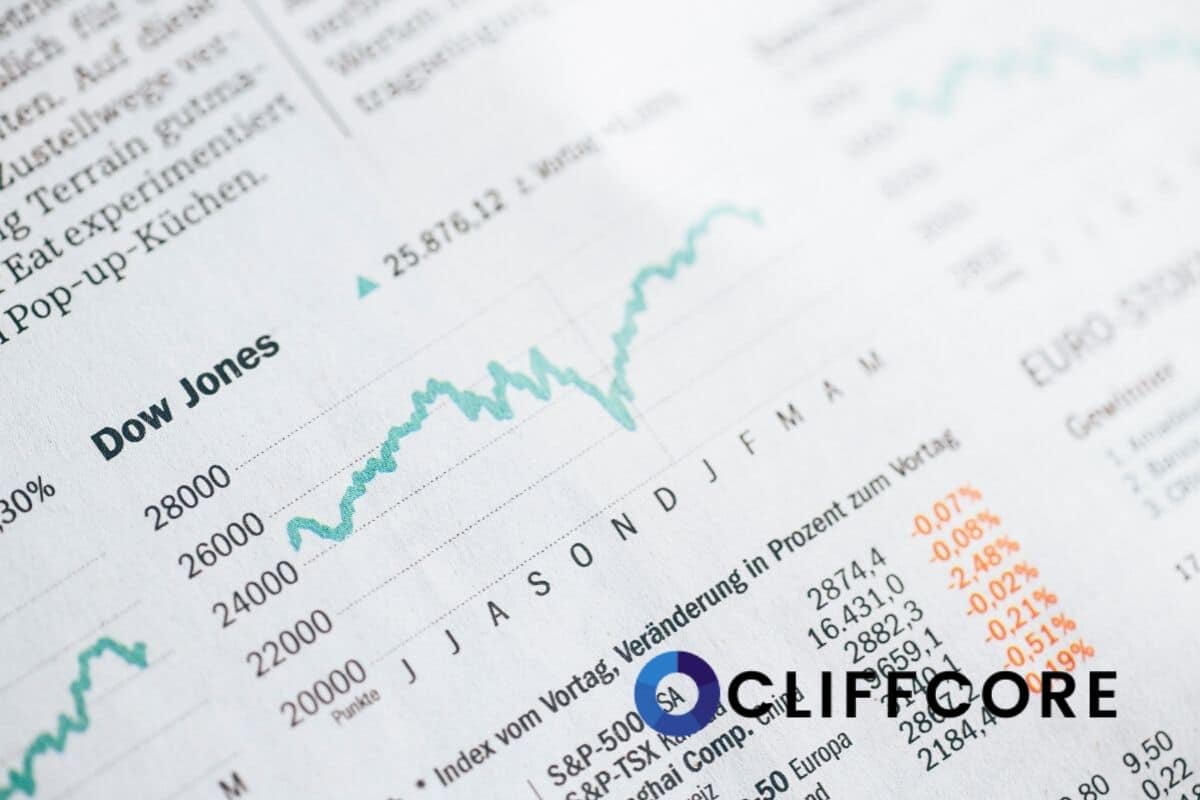What Is the PEG Ratio?
The PEG ratio is defined as a company’s price-to-earnings ratio (P/E) divided by the expected growth rate of the company’s earnings.
Using the PEG ratio can be beneficial as it eliminates a major flaw of the P/E ratio, which is the fact that the earnings multiple doesn’t reveal any aspects regarding the future growth of a business. Since there are many different companies with varying growth prospects, making comparisons across those companies by merely using the P/E ratio, will most likely not lead to fair and sensible conclusions.
The PEG ratio, on the other hand, shows how much you are paying in relation to the stock’s growth prospects. This consequently enables comparing the value of different companies while taking their growth into account.
Similarly, to the P/E ratio, the lower the PEG ratio the more undervalued a stock might be. A PEG ratio of below 1 indicates an undervalued stock since we are essentially getting more growth than we pay for, whereas a PEG ratio of above 1 suggests that we are overpaying for the growth prospects of the company.
Calculating the PEG ratio is relatively simple but the results can heavily differ from one calculation to another, depending on the growth rate that is used. To calculate the PEG ratio of a stock, divide the current stock price by its earnings-per-share to come up with the P/E ratio. Then, divide the P/E ratio by the estimated EPS growth of the stock.
Choosing a suitable growth rate for the calculation is the most difficult part since we can never be certain about how the earnings of a company are going to behave in the future. Most investors use the growth estimates of financial analysts, or take the average growth of the company’s earnings from the past and use that as an assumption of how the earnings are likely to grow in the future.
What Does a Negative PEG Ratio Mean?
A negative PEG ratio can only mean that either the P/E ratio of the stock is negative, meaning that the company is losing money or that the estimated growth rate for future earnings is negative, indicating that the earnings of the company are expected to decrease in the future.
Let’s go a bit more into detail on each factor that can cause a negative PEG ratio:
1. P/E ratio being negative. A negative P/E ratio can only mean that the earnings of the company over the measured time period are negative, implicating that the company isn’t able to generate profits.
Negative earnings are never a positive sign to begin with. In this case, you may want to further analyze whether the company is only facing temporary losses or permanent problems that are going to impact the business over the long-term.
»Learn more about the negative P/E ratio.
2. Growth rate being negative. Negative growth, or in other words, a contraction in the company’s earnings, can happen occasionally to even major companies and shouldn’t immediately raise a red flag to the same extent as negative earnings.
Even the strongest companies in each industry can get hit by poor or negative growth in their earnings during economic downturns, crises, or any other financial hardships. What should concern you as an investor is when earnings growth is consistently negative, meaning that the earnings of the company are declining over time.
How to Evaluate a Negative PEG Ratio
A negative PEG ratio doesn’t necessarily have to be bad in the first place. If the negative PEG ratio is due to a estimated negative growth rate, it might be worth to take a deeper look at the past growth record of the company’s earnings.
If the earnings have been growing consistently aside from the negative growth rate, we may want to further investigate why future assumptions are in such contrast to the past records.
For instance, a company that currently has a negative PEG ratio might as well have strong average earnings growth over the past years, suggesting that the company is only temporarily in bad shape. Analyzing the financial health of the company by evaluating the balance sheet can help with further conclusions.
However, if the negative PEG ratio is the result of a negative P/E ratio, a closer look should be taken at the earnings record of the company since a negative P/E ratio automatically reflects that the business has been unprofitable and losing money over the measured time period.
Many companies might face unprofitability in some stages of their business life cycle. The question here is whether those losses are caused by temporary factors or permanent difficulties regarding the business. A short term-incident that resulted in negative profits is easier to disregard than a fundamental shift which is going to impact the core of the business negatively in the long-run.
In the end, all conclusions will depend on the own requirements and standards that you impose for each stock that you choose to analyze. If investors are only looking for companies that have shown consistent growth in earnings which are also expected to continue growing, a negative PEG ratio should clearly be an unfavorable indicator to them.
Conclusion
Either way, the PEG ratio will mostly not tell the complete story about a company’s value standpoint and financial situation. A negative PEG ratio can indicate certain problems occurring within the business but in most cases, you will need to further analyze the financials to get a more detailed picture of the business.
As with every other financial metric, the PEG ratio can be useful to find undervalued stocks at the first glance but should rather be used in combination with other metrics and a deeper researched approach to analyzing the company.







